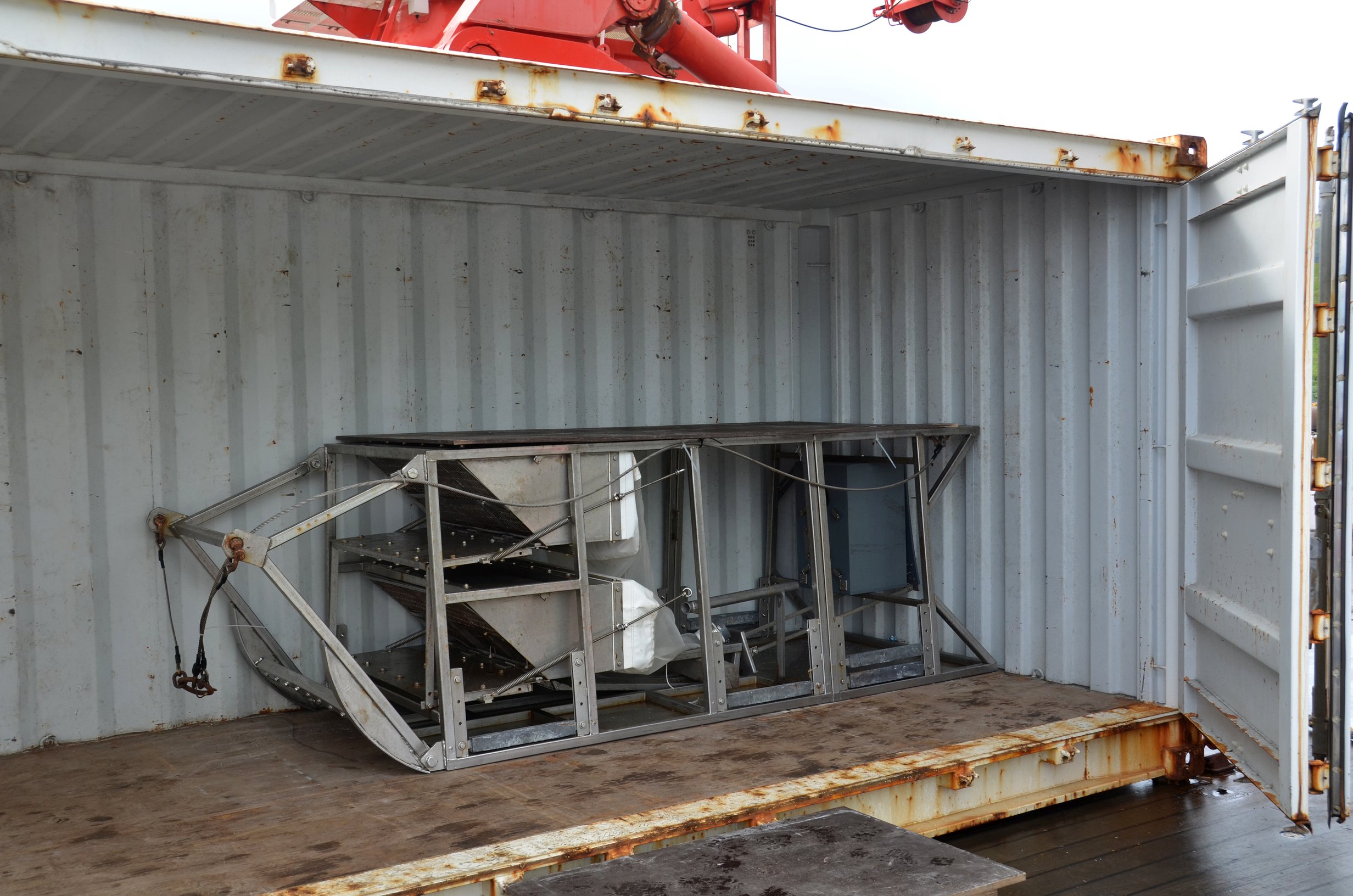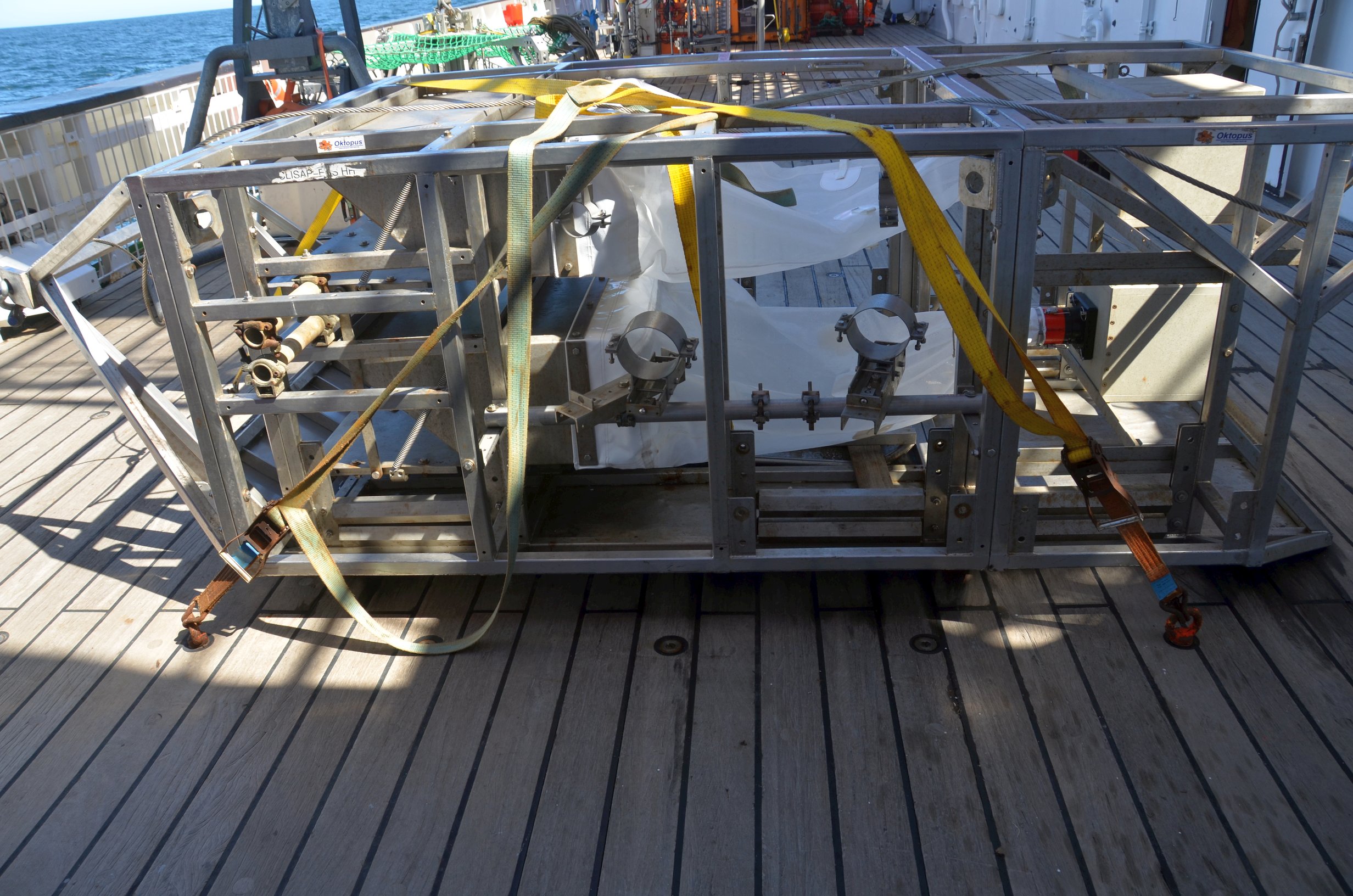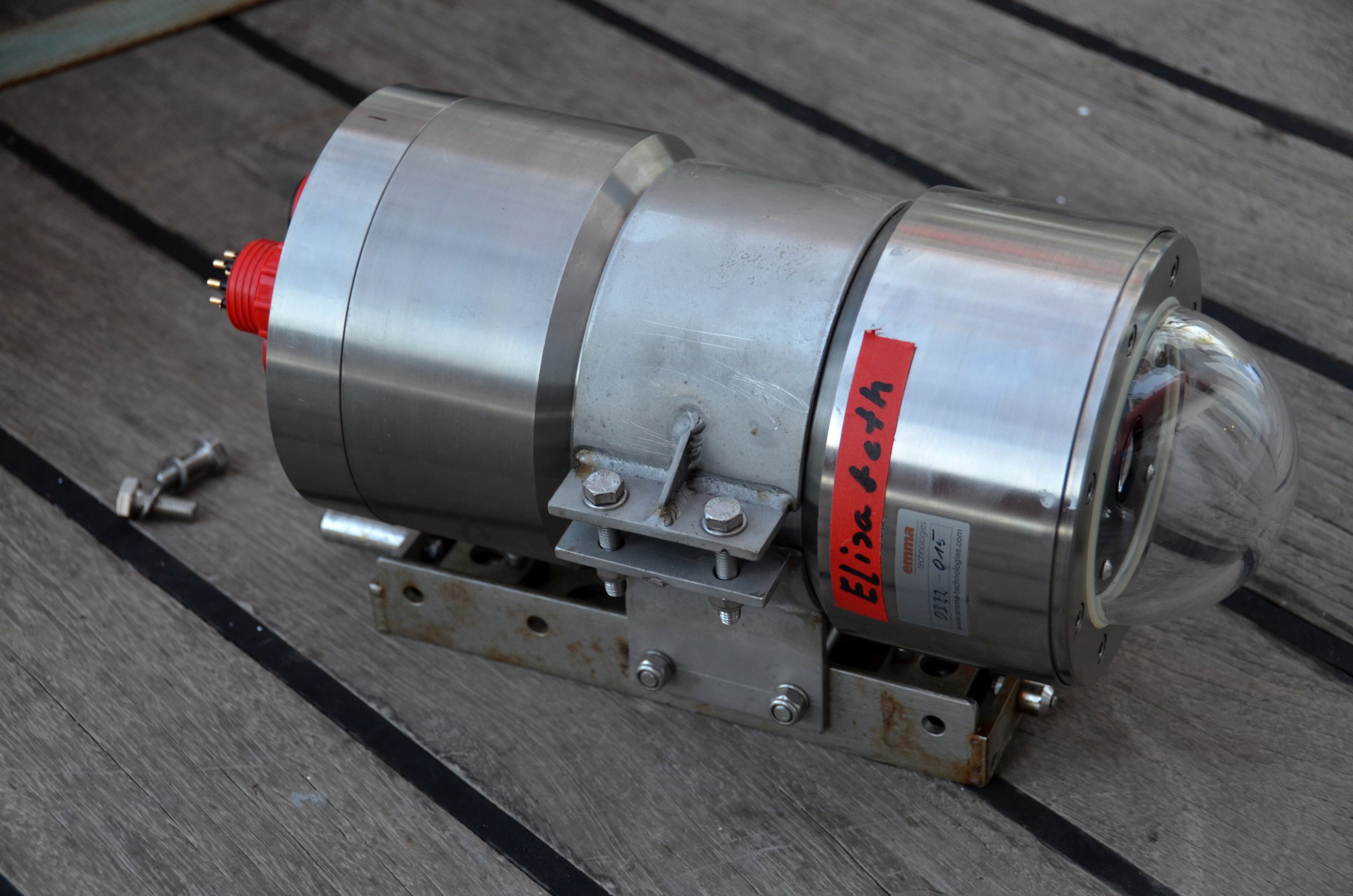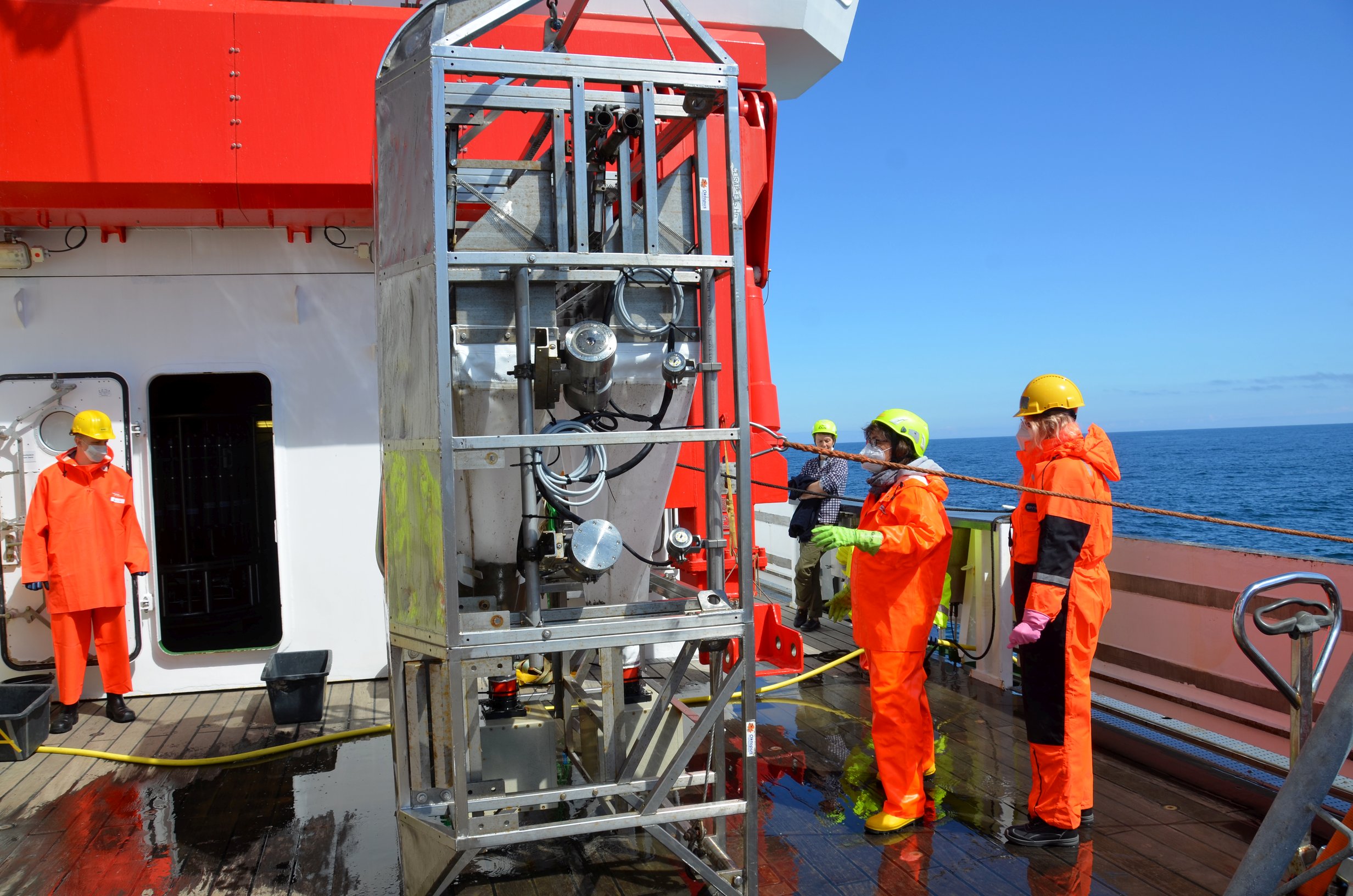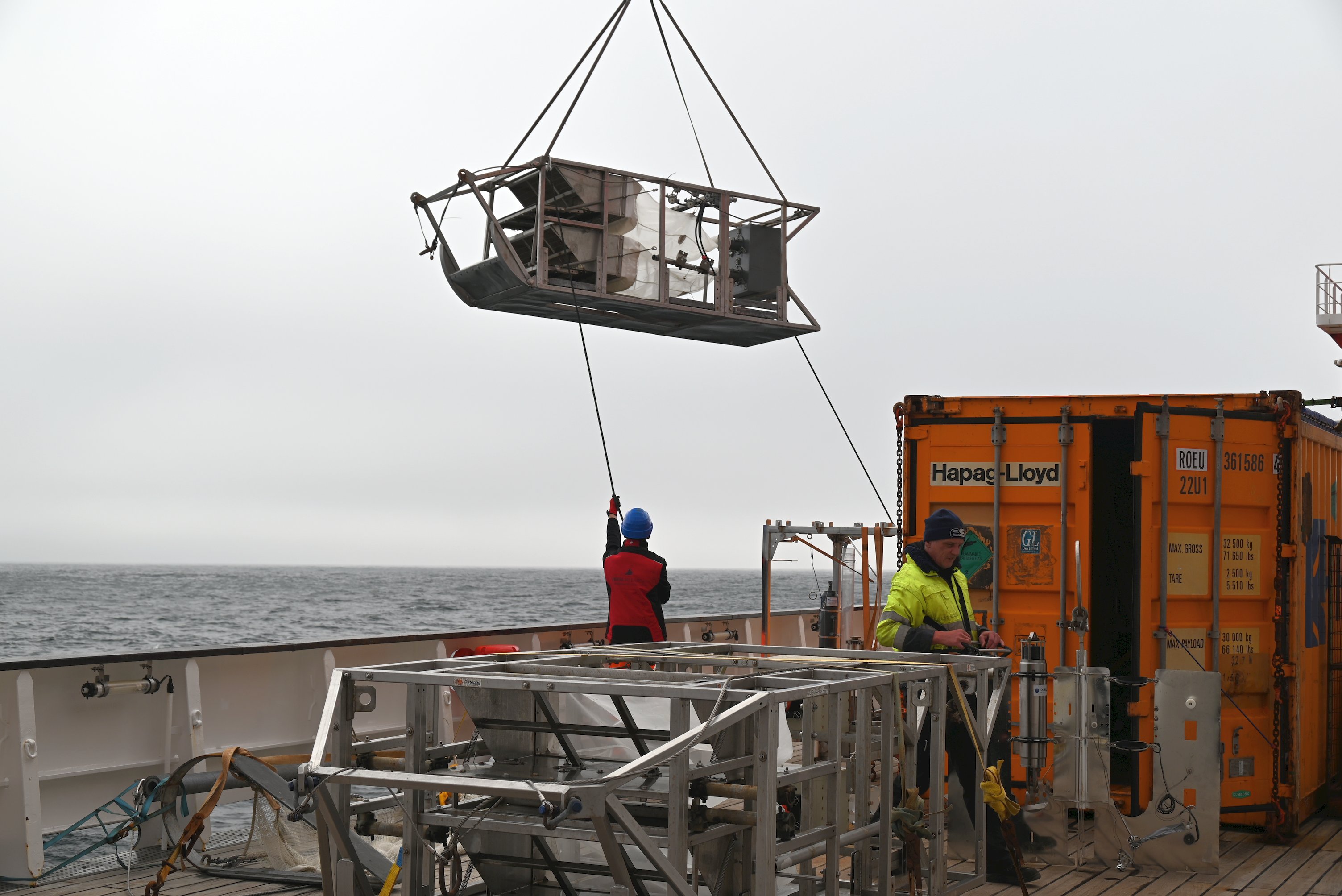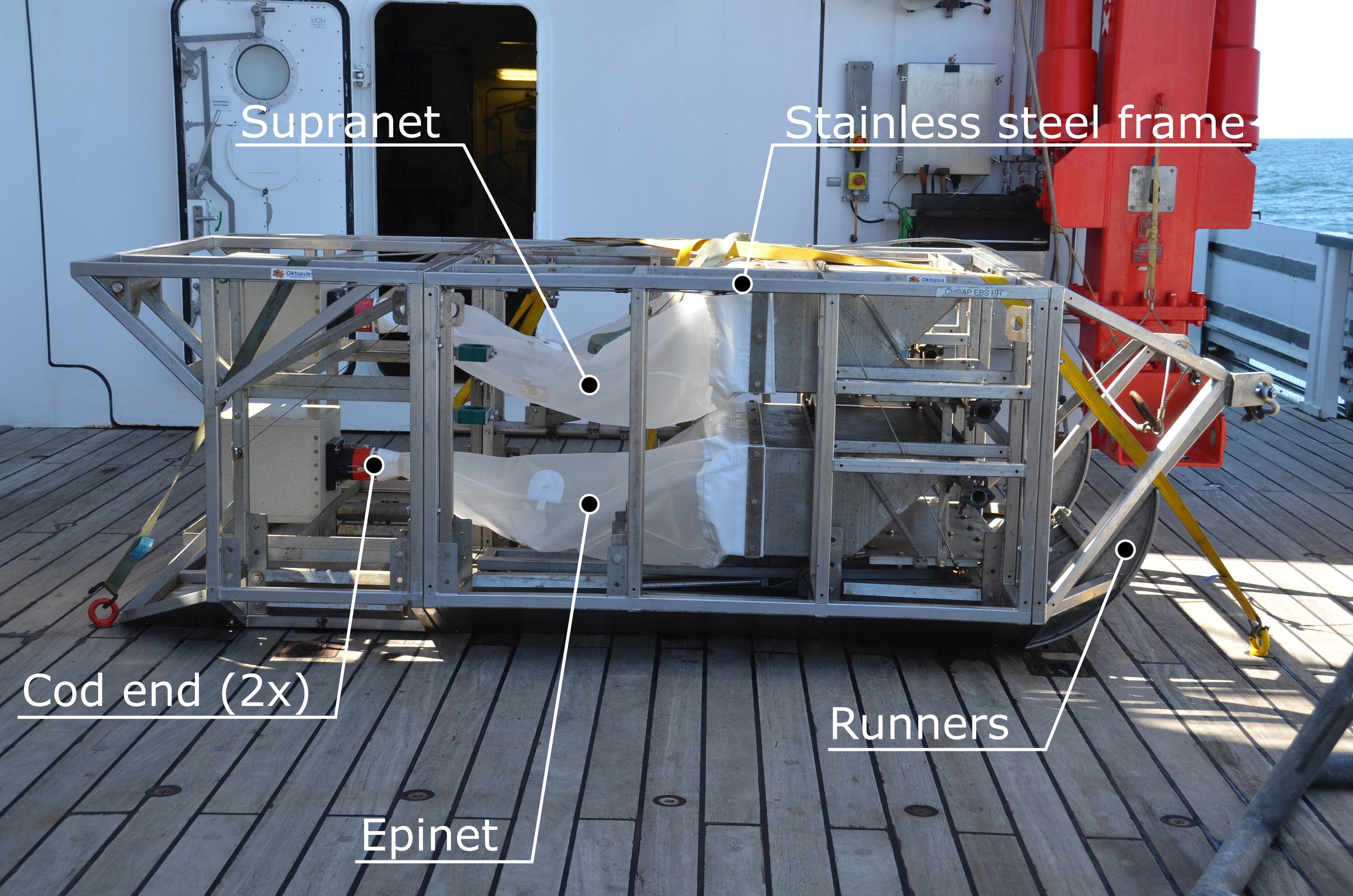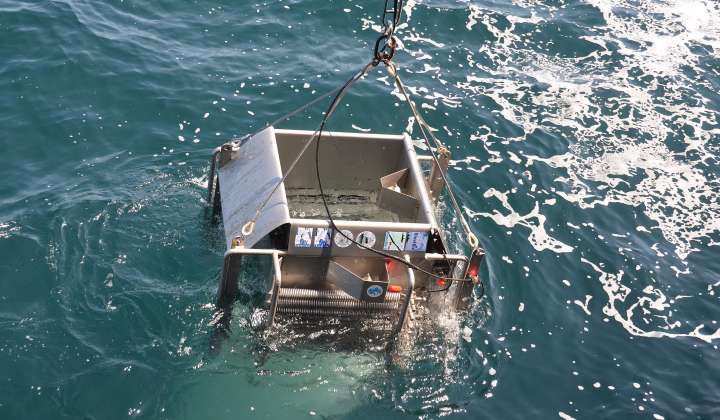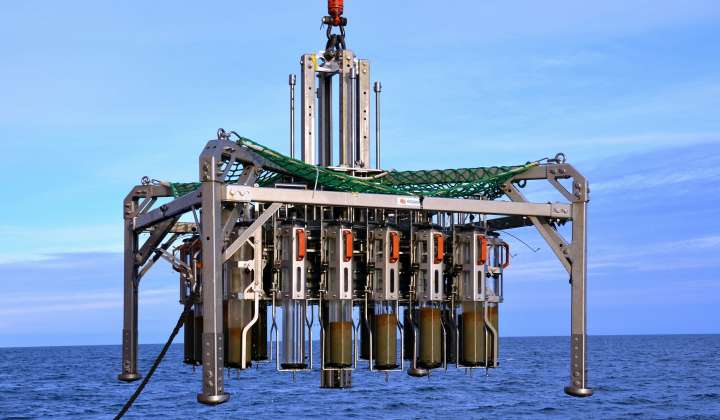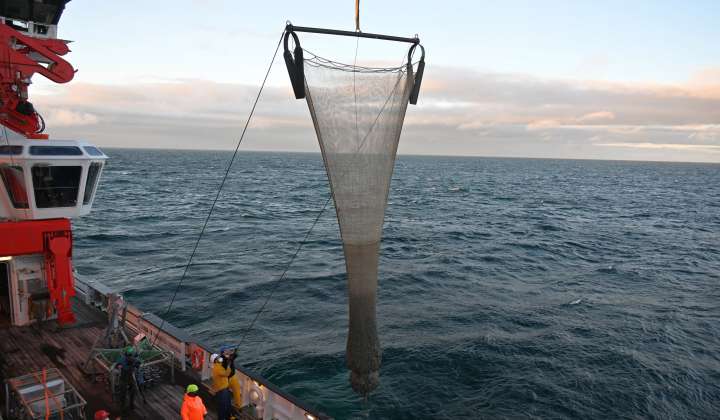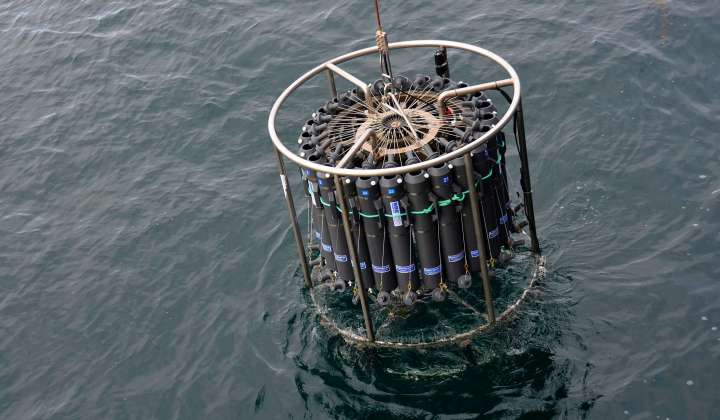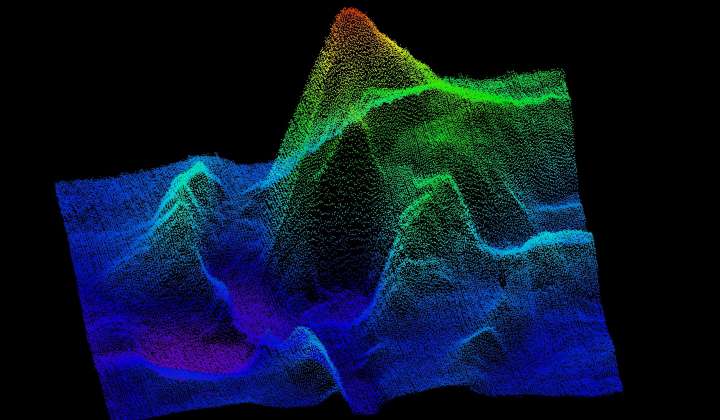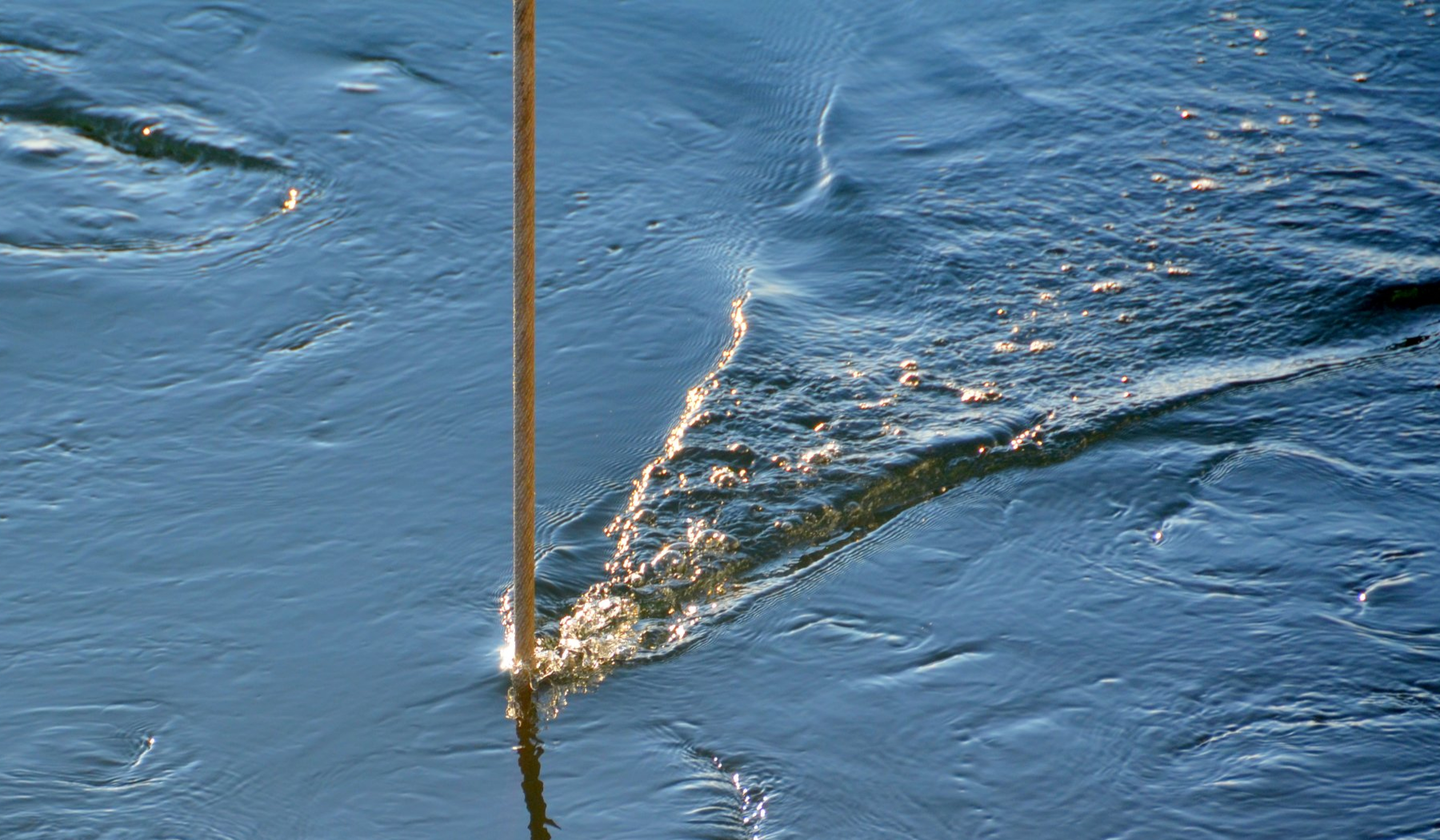
Gear construction: The sediment-water interface with its varied nature places special demands on biological sampling techniques. To enable targeted sampling of the seabed, the characteristics of sledge-dredges and bottom plankton-nets were combined and the epibenthic sledge (EBS) with an opening-closing mechanism was developed (Epibenthic sampler Rothlisberg & Pearcy, 1977). Later EBS designs had horizontally subdivided epi- and supranets (Brandt & Barthel, 1995) to sample defined horizons above the seafloor. In current advancements, the nets are completely enclosed by the frame and the mechanism to close the nets is strengthened (Brenke, 2005). Actual models are equipped with cameras in addition to sensors for environmental parameters such as oxygen, salinity, pressure and temperature.
Dimensions: 3.5 x 1.3 x 1.1 m / 3.5 x 1.9 x 1.1 m; epi- and supranet with 2 m length and 500 µm mesh size
Weight: 480 kg / 82 kg (stainless steel)
Deployment: To acquire an epifauna sample from the seabed the EBS will be towed over the seabed. The stirred-up sediments are washed through the fine nets, while the animals are cached in the cod end (300 µm mesh size). The sled is being released from the vessel at 0.5 m/s while the ship is going ahead with 1.0 kn. The wire length is calculated at 1.3 times the depth. When the full wire is out, the Ship stops and the EBS is retrieved at 0.5 m/s.
Maximum Depth: 12,000 m / 8,000 m
Follow-up work: On board the contend of the cod ends are sieved through a series of sieves (1 mm, 0.5 mm, 0.3 mm). The remaining samples are preserved directly into -20 °C precooled 96 % ethanol.
Samples / Results: Small benthic macrofauna animals (In-fauna and On-fauna: “epifaunas” sensu Petersen, 1914:16)
Literature:
Brenke, N., 2005: An Epibenthic Sledge for Operations on Marine Soft Bottom and Bedrock. Marine Technology Society Journal, 39 (2): 13-42.
Brandt A. and Barthel D. 1995. An improved supra- and epibenthic sledge for catching peracarida (Crustacea, Malacostraca). Ophelia (Helsingör) 43-1:15-23.
Petersen C.G.Joh. 1914. Valuation of the sea II. The animal communities of the sea-bottom and their importance for marine zoogeography. Rep. Dan. Biol. Stat. Board Agric. (Copenhagen) 21-1913:1-44.
Rothlisberg P.C. and Pearcy W.G. 1977. An epibenthic sampler used to study the ontogeny of vertical migration of Pandalus jordani (Decapoda, Caridea). Fish. Bull. U.S. (Washington D.C.) 74:994-997.
